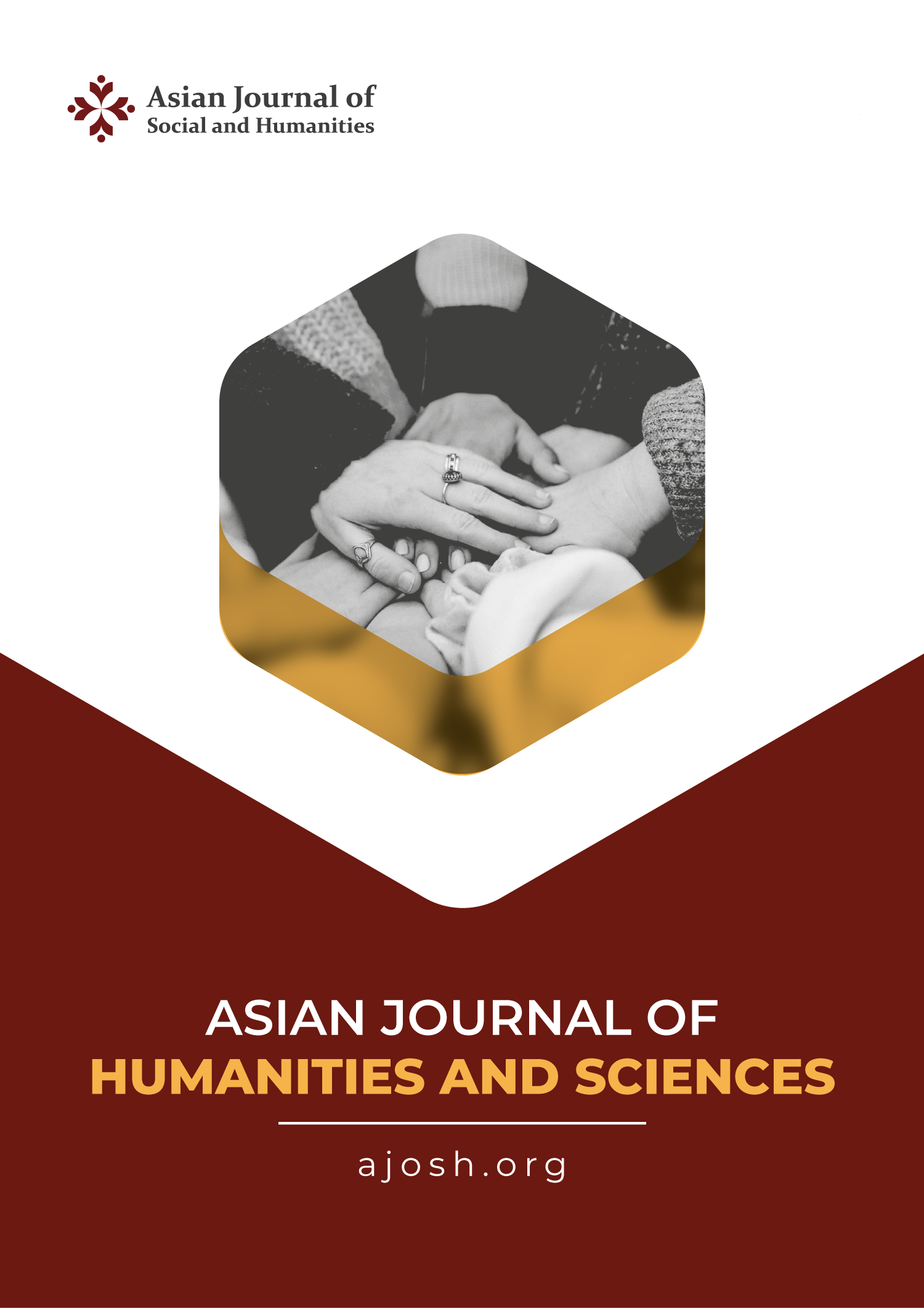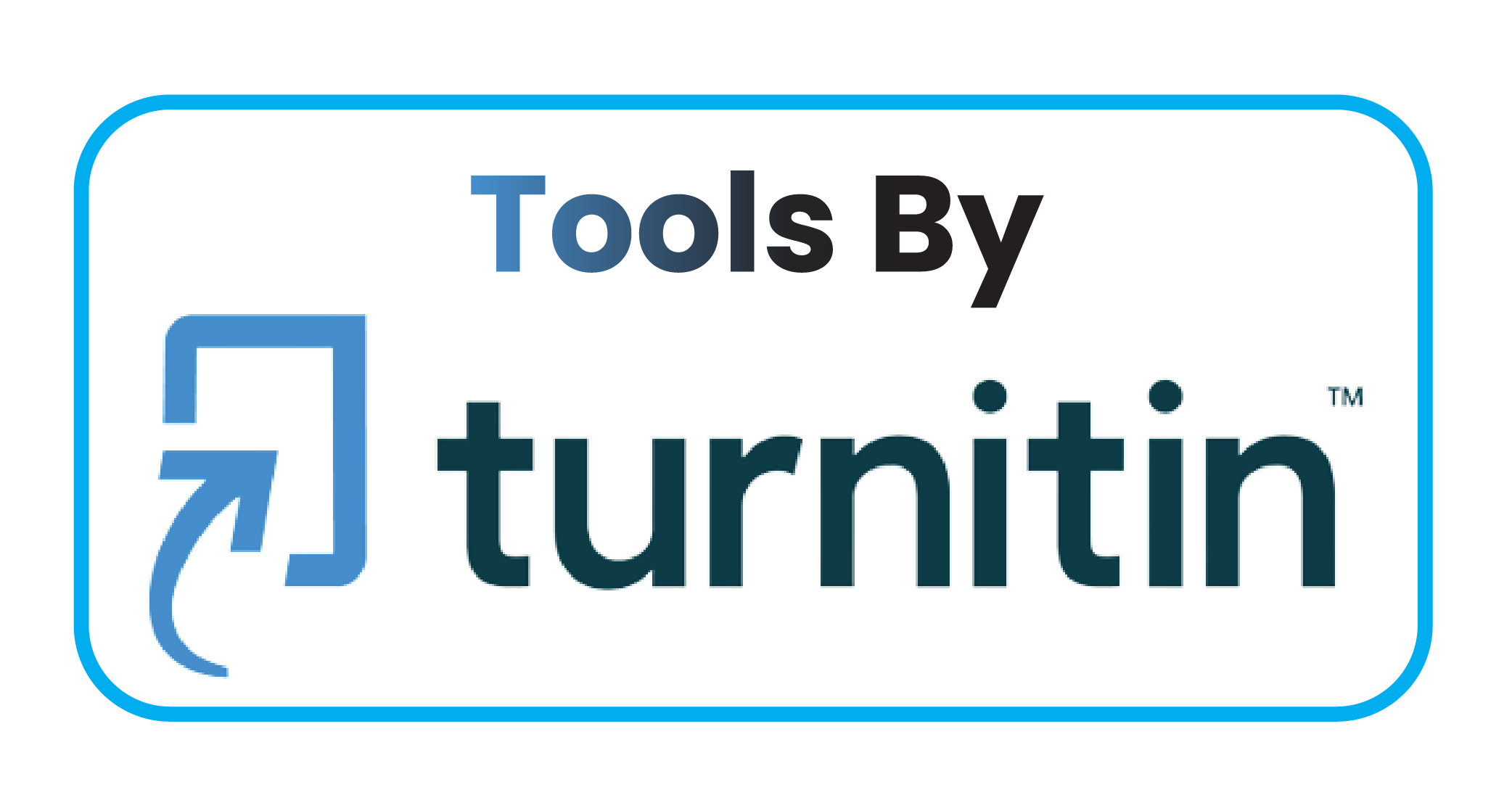Ethnobotany of Medicinal Plants for Infectious Diseases in the Besemah Tribe, Lahat Regency, South Sumatra Province, Indonesia
DOI:
https://doi.org/10.59888/ajosh.v2i1.163Keywords:
Ethnobotany;, Besemah tribe, medicinal plants;, infectious diseases;, BattraAbstract
Knowledge about medicinal plants in the Besemah tribe community in Jarai District and Sukamerindu District, Lahat Regency, South Sumatra Province, has long been known and used for generations and stored as local wisdom of the community. The use of medicinal plants as one of the community's solutions to cure infectious diseases, with natural medicinal materials the side effects caused are relatively less. This study aims to inventory and identify the types of medicinal plants and types of medicinal plants typical of the Besemah tribe, how to process, how to use, and how to use specifically to treat infectious diseases in the Besemah tribe in Jarai District and Sukamerindu District, Lahat Regency, South Sumatra Province. This research will be conducted from January to March 2023. The study was conducted using quantitative descriptive methods by conducting interviews with 9 traditional medicine (battra) as sources of information. The results showed that plants used as medicine by the Besemah tribe community as many as 94 species of plants from 47 families to treat 29 infectious diseases. There are seven species of typical plants of the Besemah tribe, namely Tetap kadam (Hadgsonia macrocarpa (Blume) Cogn.), Tetungau (Debregeasia longifolia (Burm.f) Wedd), Memban burung (Donax canniformis (G.Forst) K.Schum), Temperingat (Rubus moluccanus L.), Tapal selembar (Monophyllaea horsfieldii R.Brown), Sedingin hutan (Fissistigma fulgens (Hook.f & Thomson) Merr.), Memaye (Leea indica (Burm.f.) Merr), and the typical way of processing is that the stem is cut, the water is collected and drunk directly. The most widely used plant part is the 38% leaf part. The most processing method is used by boiling 46% and the most use method by drinking 53%.
Downloads
Published
Issue
Section
License
Copyright (c) 2023 Nina Tanzerina, Desti Safitri, Harmida, Nita Aminasih, Juswardi

This work is licensed under a Creative Commons Attribution-ShareAlike 4.0 International License.
Authors who publish with this journal agree to the following terms:
- Authors retain copyright and grant the journal right of first publication with the work simultaneously licensed under a Creative Commons Attribution-ShareAlike 4.0 International. that allows others to share the work with an acknowledgement of the work's authorship and initial publication in this journal.
- Authors are able to enter into separate, additional contractual arrangements for the non-exclusive distribution of the journal's published version of the work (e.g., post it to an institutional repository or publish it in a book), with an acknowledgement of its initial publication in this journal.
- Authors are permitted and encouraged to post their work online (e.g., in institutional repositories or on their website) prior to and during the submission process, as it can lead to productive exchanges, as well as earlier and greater citation of published work.










